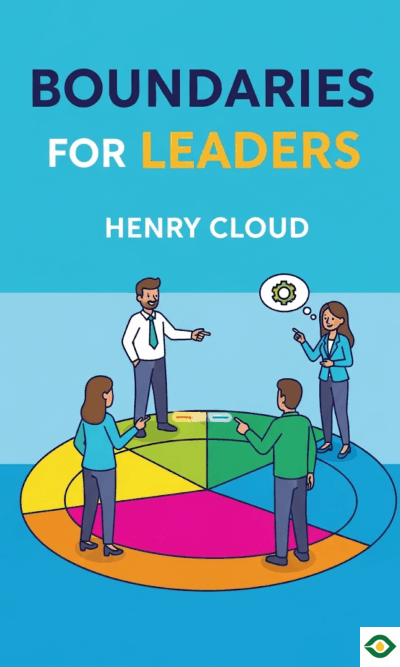Description
Family estrangement happens more often than many people think, yet it’s rarely talked about. It can start with a single explosive argument or a slow buildup of tensions over years. Once the break happens, it often leaves people feeling ashamed, lonely, and unsure of how to fix things. The emotional impact can be devastating, affecting not only the people directly involved but also the wider family network for years, even decades.
Estrangement usually doesn’t happen for no reason. There are common pathways that lead to it, such as unresolved childhood trauma, divorce splitting family loyalties, in-law tensions, money disputes, unmet expectations, and major differences in personal values. These tensions can simmer quietly until a “volcanic” event—like a nasty fight or insult—pushes the relationship past breaking point.
The effects are deep and long-lasting. Humans are wired to connect to family, so losing those bonds can trigger grief, depression, and feelings of rejection. Unlike death, estrangement doesn’t offer closure. There’s always uncertainty about whether reconciliation is possible, and that can keep old wounds open for years. Entire family structures can fracture, pulling siblings, cousins, and even grandchildren into the ripple effect.
But the good news is that estrangement doesn’t have to be permanent. Many people do find ways back to each other. Often, the motivation is personal—a desire for peace of mind, a wish to avoid future regrets, or the chance to reconnect with a wider support network. Life is long, and relationships can change over time. Rebuilding those bonds can bring back emotional closeness, practical support, and a sense of belonging.
To begin reconciliation, one of the first steps is letting go of the story you’ve been telling yourself about what happened. Replaying old fights in your head keeps you locked in one perspective and makes it harder to see the other person’s view. By accepting your own role in the conflict and understanding the deeper causes, you can open the door to moving forward.
Reconciliation also means letting go of the need for everyone to agree on the past. People can remember the same events in very different ways, and waiting for them to validate your version can keep you stuck forever. Instead, focus on building a new, shared present—something that brings you together now, whether it’s a hobby, a tradition, or simply enjoying each other’s company. Sometimes, apologies and deeper healing come later, after the relationship has been restored.
Adjusting expectations is another key part of the process. Family members may never be exactly who you want them to be. Accepting them as they are, while still protecting yourself from truly harmful behavior, can prevent further disappointment. Many conflicts come not from abuse but from clashing values or unspoken assumptions about how family “should” act. Lowering unrealistic expectations can make room for connection.
Boundaries are essential. Without them, old patterns can quickly resurface. Setting clear limits—such as refusing to tolerate verbal abuse—helps create a safe environment for the relationship to grow again. Sticking to these boundaries, even when tested, builds trust and respect on both sides.
The decision to reconcile is deeply personal. Sometimes it happens in a sudden “lightbulb” moment; other times, it’s a slow realization over months or years. Before reaching out, it’s important to think about what kind of relationship you hope to have and what you’ll do if the other person isn’t ready. Making a plan, whether it’s writing a letter or arranging a simple meeting, can help you take that first step with clarity and purpose.
Ultimately, reconciliation is about balancing courage with self-protection. It requires honesty, patience, and sometimes a willingness to accept a relationship that looks different from the one you once hoped for. Even if the attempt doesn’t succeed, you can gain peace of mind knowing you tried. And if it does succeed, the reward is not just the return of a family member, but the restoration of a part of yourself.





